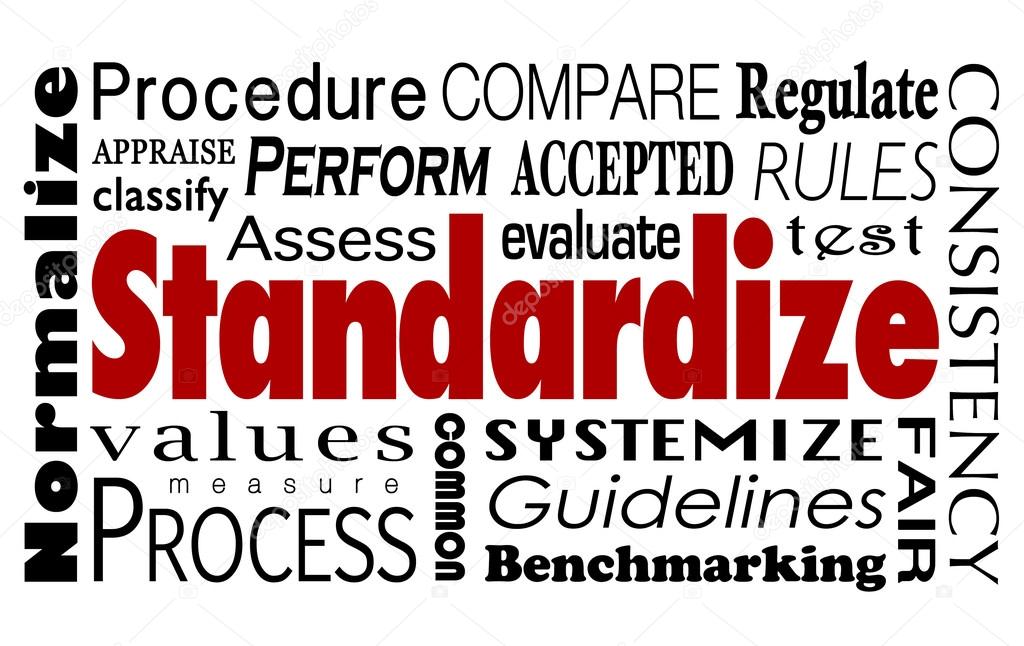- Get link
- X
- Other Apps
- Get link
- X
- Other Apps
The most important step in most testing exercises is to select a test that is clearly focused on the ability to be tested. Another important step is to ensure that the designed test is a sound one that will yield information of real value.
Based on this quality, there are some characteristics that should be taken into account when setting a quality or test. The characteristics of a good test are features that a test should have if it is to be real, trustworthy and informative. To ascertain that a given test is sound and has real value, the following are the features to consider:
(a) Reliability
An assessment is considered reliable when the same results occur regardless of when the assessment occurs or who does the scoring. There should be compelling evidence to show that results are consistent (test results consistency)
Importance of test reliability
· It helps Stakeholders to draw firm conclusions from the results as to which Ways of improve on test reliability
· It helps teachers to include test items that discriminate among candidates so that no one gets all the items correct or incorrect o Tester to use objective scoring procedures
· It helps tester to include a good number of test items (a longer test generally is better than a shorter one)
A good test should be highly reliable. This means that the test should give similar results even though different testers administer it. A reliable test should be able to give a consistent score from one occasion to another for the individual or group irrespective of the person who administers it.
(b) Validity
A valid assessment is one which measures what it is intended to measure. The validity in other words is the quality of a test to measure what it is meant to measure
A valid test must cover the whole syllabus. The marks or grades that are given on an examination can only have a meaning if the test/examination is valid.
Types of validity
a. content validity - measures the degree to which the content of a test samples broadly across the domain of interest
b. predictive validity - measures the degree to which the test can predict some future outcome, such as job performance or school success eg high student grade can predict future good performance
c. construct validity - measures how well the test applies to particular theoretical scheme or construct.
d. Criterion validity - measures the how well test scores correlate with an independent measure (criterion) of whatever the test is supposed to assess.
If the test achieves what the originators intended it to achieve, it is a valid test.
N.B: There is a connection between the validity and the reliability of a test.
Comparability
The test should be able to compare the achievement of one pupil to another.
The comparability of standards in tests/examinations is very important. This would bring consistency in examination results and hence instil public interest confidence. To insure this, the following should be observed:
· Test specifications should be followed each time test items are being prepared.
· Copies of current syllabi should be used when preparing test items.
· Copies of past examination papers of the subject of test items being set should be used for reference.
· The format of the examination should remain the same.
· Moderators should be used to check the comparability of the test items to previous years.
STANDARDIZATION/NORMS
In addition to reliability and validity, good tests need norms. Norms are sets of scores obtained by representative groups of people for whom the test is intended.
(e) Discrimination
A good test should be able to discriminate good performing pupils from the bad performing ones in terms of performance. i.e. it should give below average, average and above average performers.


Comments
Post a Comment